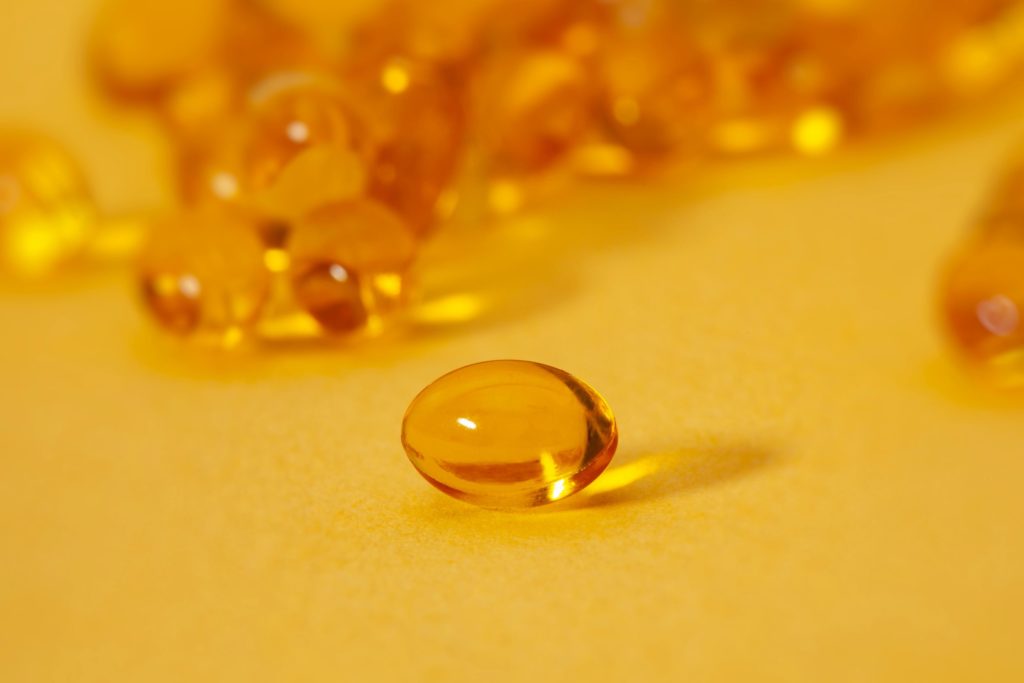Vitamins are essential nutrients that the body cannot synthesize and are organic in nature. These are used as food or supplementation every day to maintain a healthy life. They play important roles in metabolic functions and we will discuss them in detail. The major roles played by vitamins are to keep skin and nerve health and functioning, help in making the red blood cells. A lot of enzymatic activities in the body are depended upon the vitamin.
Classification of Vitamins
They are the classified basis on their solubility in fat or whether they are water-soluble. We will discuss these vitamins through the tables which are appended below :
Fat-soluble Vitamins
| Name of Vitamin | Key functions | Source |
| Vitamin A | Plays an important role in the early embryonic development of all mammals and in the proper functioning of the immune system. The rod cells in the retina of the eye and mucous membranes throughout the body. | Plant sources: leafy, dark green vegetables; dark orange fruits (apricots, cantaloupe) and vegetables (carrots, winter squash, sweet potatoes, pumpkin) Animal sources: Cheese, cream, butter, eggs, liver. |
| Vitamin D | Increases efficiency of absorption of calcium and phosphorus in the intestinal tract. | Egg yolks, liver, fatty fish. Skin can make vitamin D when exposed to sunlight. |
| Vitamin E | Acts as an antioxidant. Protects cell walls. Modulation of gene expression and inflammatory responses. | Plant sources: polyunsaturated plant oils (soybean, maize, cottonseed, safflower), leafy green vegetables, wheat germ, whole-grain products, nuts and seeds Animal sources: liver, egg yolks |
| Vitamin K | Helps with blood coagulation. Required for the activation of four clotting factors, | Plant sources: leafy green vegetables, especially of the cabbage family, and Produced in the intestinal tract by bacteria. Animal sources: milk |
Water-soluble vitamins, their function and sources.
| Name of Vitamin | Key functions | Source |
| Thiamine (Vitamin B1) | Coenzyme in carbohydrate Metabolism. Helps to release the energy from food. Important in the normal functioning of the heart, nerves and muscles. | All nutritious foods in moderate amounts, such as whole-grain or enriched bread, cereals, legumes, nuts and seeds. |
| Riboflavin (Vitamin B2) | Coenzyme in protein and energy metabolism. Important for normal vision and skin health. | Leafy green vegetables, whole-grain, enriched bread and cereals. Milk and milk products. |
| Niacin (Vitamin B3) | Essential for protein and carbohydrate metabolism. | Wheatgerm, rice bran, nuts, sunflower seeds, brown rice, green vegetables. |
| Pantothenic acid (Vitamin B5) | Coenzyme in the synthesis of fat, cholesterol, haem and amino acid Activation. | Legumes, broccoli, kale, sweet potatoes, sweet corn, liver, eggs, milk, beef, cheese also, intestinal bacteria synthesis. |
| Pyridoxine (Vitamin B6) | Part of an enzyme (pyridoxal phosphatase) is needed for protein Metabolism. Helps make red blood cells. | Vegetables, fruits, meat, fish, poultry. |
| Biotin (Vitamin B7) | Part of an enzyme ( carboxylase). Needed for energy metabolism. | Widespread in foods. Also produced in the intestinal tract by bacteria. |
| Folic acid (Vitamin B9) | Part of an enzyme (pyruvate carboxylase). Needed for making DNA and new cells, especially red blood cells. | Leafy green vegetables. Legumes, seeds, orange juice, liver. |
| Cyanocobalamin (Vitamin B12) | Promotes growth in children. It aids in the production of erythrocytes (red blood cells). It also enables the body to process carbohydrates and fat. | Sunflower seed, comfrey leaves, kelp, banana, groundnut. |
| Ascorbic acid (Vitamin C) | Acts as an antioxidant. Intercellular cement substance, Helps in capillary walls and collagen formation. Helps in iron absorption and release to tissues for red blood cell formation. | Found only in fruits and vegetables, especially citrus fruits. Vegetables in the cabbage family. Cantaloupe, strawberries, peppers, tomatoes, potatoes, lettuce, papayas, mangoes, kiwifruit. |

